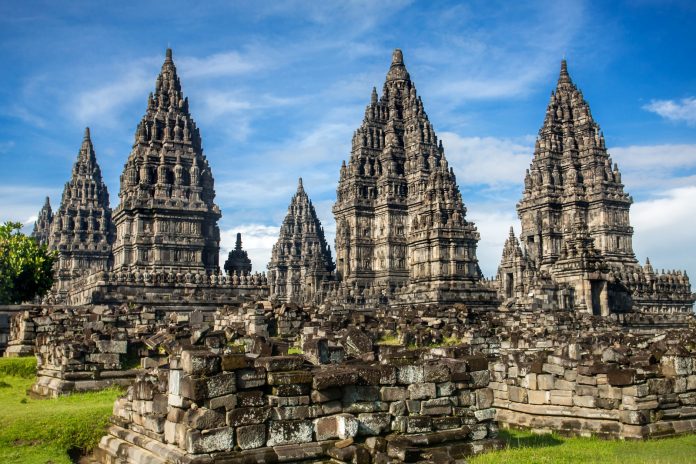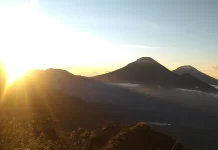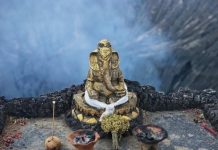Discover the Brahma Temples of Java: Sacred Heritage, Living Culture
Hinduism, which originated in India, has left an indelible mark on Indonesia’s history and culture. From the early centuries of trade and migration, the faith found fertile ground across the archipelago. Scholars believe Hinduism spread through Indian traders marrying local communities and through the work of missionaries who brought philosophy, art, and rituals to these islands.
In Java, Hinduism flourished spectacularly — evolving into powerful kingdoms such as Tarumanegara, Kalingga, Mataram, Kediri, Singhasari, and Majapahit. These dynasties built majestic temples that today stand as timeless reminders of Indonesia’s spiritual and artistic brilliance.
Among these sacred landmarks, two stand out as enduring tributes to Lord Brahma — the Prambanan Temple Complex near Yogyakarta and Pura Luhur Poten at the foot of Mount Bromo. Each represents a unique blend of divinity, devotion, and the Javanese way of life.
Pura Luhur Poten, Mount Bromo
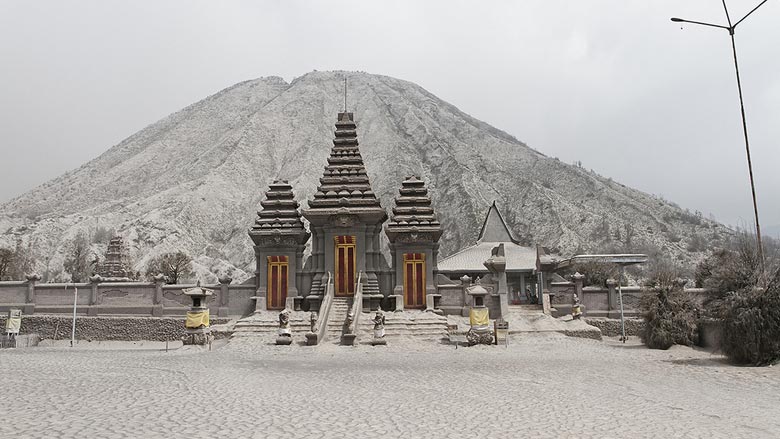
Amid the sweeping sands and surreal beauty of Mount Bromo, one of Indonesia’s most iconic volcanoes, stands Pura Luhur Poten — a sacred temple dedicated to Lord Brahma. Surrounded by the vast “Sea of Sand,” this temple is the spiritual heart of the Tenggerese people, the indigenous Hindu community that has lived in the Bromo region for generations.
Built in the year 2000, Pura Luhur Poten serves as a center of worship for Ida Sang Hyang Widhi Wasa, the supreme manifestation of Lord Brahma. Its architecture harmoniously fuses Balinese and Javanese elements and follows the traditional division of space into three sacred zones known as Mandala:
Mandala Utama – The innermost sanctum, housing the main shrine or Padma for prayer and offerings.
Mandala Madya – The middle courtyard, used for ceremonial preparations and rituals.
Mandala Nista – The outer area, serving as the transitional space for devotees entering the temple.
Each year, Pura Luhur Poten becomes the center of the Kasada or Yadnya Kasada Festival, a vibrant annual ceremony held under the full moon of the Hindu month Kasada. The Tenggerese community offers fruits, livestock, and harvests to express gratitude to the gods and seek blessings for prosperity. Visitors can witness this stunning night-time spectacle — an extraordinary glimpse into Indonesia’s living Hindu traditions.
During this festival, entry for regular vehicles is restricted, and visitors are required to use Jeep transfers arranged within the park area.
Mount Bromo, part of Bromo Tengger Semeru National Park, offers breathtaking views — from the famed sunrise viewpoint, to Bromo Crater, Savanna Hills, and the mystical Whispering Sands — making it one of East Java’s must-visit spiritual and natural destinations.
Prambanan Temple: The Majestic Brahma, Vishnu, and Shiva Complex
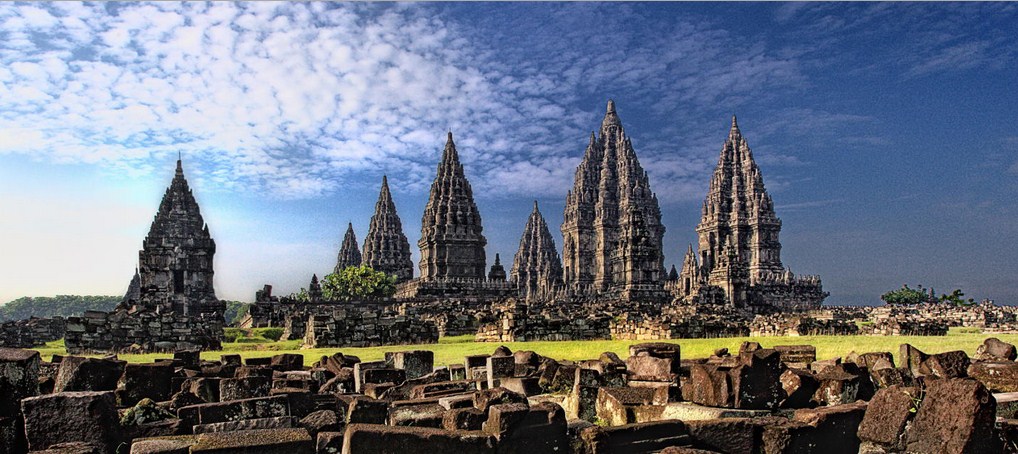
No discussion of Hindu heritage in Indonesia is complete without Prambanan Temple, the largest Hindu temple complex in Southeast Asia and a UNESCO World Heritage Site. Built in the 9th century by the Mataram Kingdom, Prambanan is locally known as Roro Jonggrang, named after a famous Javanese legend.
According to the tale, a prince named Bandung Bondowoso sought to marry Princess Roro Jonggrang. Unwilling to accept, the princess challenged him to build a thousand temples in a single night. With the help of supernatural beings, he completed 999 before dawn. Panicking, Roro Jonggrang tricked him by waking villagers to make roosters crow, signaling morning. Realizing her deceit, the enraged prince cursed her into stone — the “thousandth temple.”
The main complex consists of three towering temples, each devoted to a member of the Hindu Trimurti:
Shiva the Destroyer (the largest and central temple, standing 47 meters tall)
Brahma the Creator
Vishnu the Preserver
Intricate reliefs inside the temples narrate epic stories from the Ramayana, beautifully carved into volcanic stone. The experience deepens during the Ramayana Ballet, an outdoor performance combining dance, music, and drama under the full moon from May to October — a mesmerizing fusion of art and mythology.
Visitors can explore the temples on foot or by golf cart. A single-day admission ticket allows unlimited re-entry, letting you savor the site at your own pace. For panoramic views, the upper terraces offer breathtaking perspectives of the sprawling temple complex set against Java’s lush plains.
Located just 20 km east of Yogyakarta, on the border between Central Java and the Special Region of Yogyakarta, Prambanan is easily accessible by car or short domestic flight. The area also offers a range of accommodations — from luxurious stays at Sheraton Mustika Yogyakarta Resort and Spa or Hyatt Regency Yogyakarta, to charming boutique hotels nearby. And don’t miss sipping iced tea, the local favorite — perfect for Java’s warm, sunny afternoons.
Journey Through Java’s Sacred Heritage
From the smoke-ringed summit of Bromo to the majestic spires of Prambanan, Java’s Brahma temples tell stories of devotion, resilience, and artistry that transcend centuries. These sacred sites are not just relics of the past — they are living monuments where faith and culture continue to flourish.
So, pack your curiosity and reverence — and embark on a journey to witness how Hinduism, born in India, continues to breathe and inspire in the heart of Indonesia.


